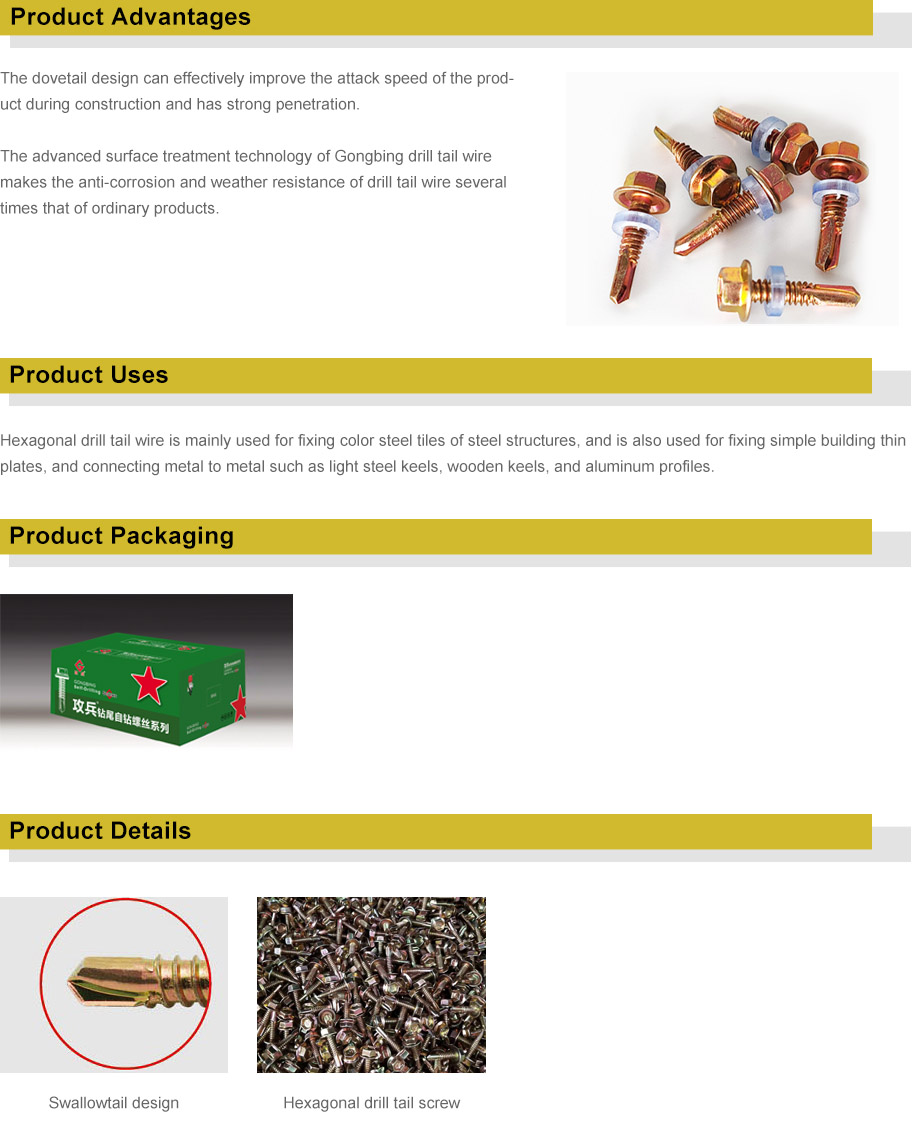expansion anchor for steel
Understanding Expansion Anchors for Steel A Comprehensive Overview
Expansion anchors have become a vital component in construction and engineering, particularly when it comes to securing items to concrete and other solid materials. Among the various types of anchors, expansion anchors designed specifically for steel applications stand out due to their reliability and strength. This article explores the fundamentals of expansion anchors for steel, their types, installation methods, and benefits.
What are Expansion Anchors?
Expansion anchors are fasteners used to attach structures or objects to concrete or masonry. They work by expanding within the base material when a bolt or screw is tightened, thus providing a strong hold. Unlike other types of anchors, which may rely on friction or adhesive to maintain strength, expansion anchors lock into place through mechanical force, making them particularly effective in environments subject to heavy loads or dynamic forces.
Types of Expansion Anchors for Steel
1. Wedge Anchors These are among the most common types of expansion anchors. Wedge anchors consist of a smooth shaft with a tapered end and a separate expansion clip that is pulled into a cone-shaped expander when the nut is tightened. They are ideal for heavy loads and are suitable for use in medium to high-strength concrete.
2. Sleeve Anchors Sleeve anchors offer a versatile option, especially in applications where the base material may not be of consistent quality. They consist of a threaded bolt encased in a sleeve that expands outward to create a secure hold within the material. Sleeve anchors are effective in both masonry and concrete, making them a popular choice in construction.
3. Torque-Controlled Expansion Anchors These anchors are engineered for better performance in steel applications. They use a torque-controlled feature that allows the user to determine the appropriate amount of force needed to achieve optimal expansion. This feature helps prevent over-tightening, which can lead to material failure.
4. Drop-In Anchors Typically used for overhead applications, drop-in anchors are set into a pre-drilled hole and then expanded using a setting tool. They provide a flush surface, making them ideal for applications such as hanging equipment from ceilings.
Installation Process
The installation of expansion anchors follows a series of systematic steps that ensure maximum strength and security
1. Preparation Ensure that the surface where the anchor will be installed is clean and free from debris. This step is crucial in achieving a perfect fit and maximizing the anchor's holding capacity.
expansion anchor for steel

2. Drilling Using the appropriate drill bit, create a hole in the concrete or masonry structure. The diameter and depth of the hole should match the specifications of the anchor being used.
3. Insertion Insert the anchor into the drilled hole. For wedge anchors, this means sliding the anchor into the hole until the washer and nut are flush with the surface.
4. Expansion Tighten the bolt or nut to expand the anchor against the wall of the drilled hole. After the specified torque is reached, the anchor will securely lock in place.
5. Testing Once installed, it is advisable to test the anchor’s holding strength before applying full loads, particularly in applications where safety is critical.
Benefits of Expansion Anchors
The use of expansion anchors for steel applications comes with numerous advantages
- High Load-Bearing Capacity These anchors provide exceptional resistance to shear and tensile forces, making them ideal for supporting heavy loads.
- Versatility Expansion anchors can be used in various materials, including concrete, masonry, and even some types of steel, providing flexibility in construction projects.
- Durability Made from corrosion-resistant materials, expansion anchors are built to withstand environmental stresses, ensuring longevity and maintenance-free performance.
- Ease of Installation With the right tools and techniques, expansion anchors can be installed quickly and efficiently, saving both time and labor costs.
Conclusion
In summary, expansion anchors are indispensable in ensuring the structural integrity and safety of projects involving steel and other materials. Their variety and strong anchoring capabilities make them suitable for a range of applications, from construction to the installation of hardware. Understanding the types, installation processes, and benefits of expansion anchors will aid professionals and DIY enthusiasts alike in making informed decisions for their projects.
-
Weatherproof Plastic Expansion Anchors for OutdoorNewsJun.06,2025
-
Sustainability in the Supply Chain: Eco-Friendly TEK Screws ProductionNewsJun.06,2025
-
Load-Bearing Capacity of External Insulation FixingsNewsJun.06,2025
-
Double Head Bolts: Enhancing Efficiency in Industrial MachineryNewsJun.06,2025
-
Corrosion Resistance in Chipboard Screws: Coatings for Wholesale DurabilityNewsJun.06,2025
-
Butterfly Toggle Bolts : Enhancing Structural ResilienceNewsJun.06,2025
